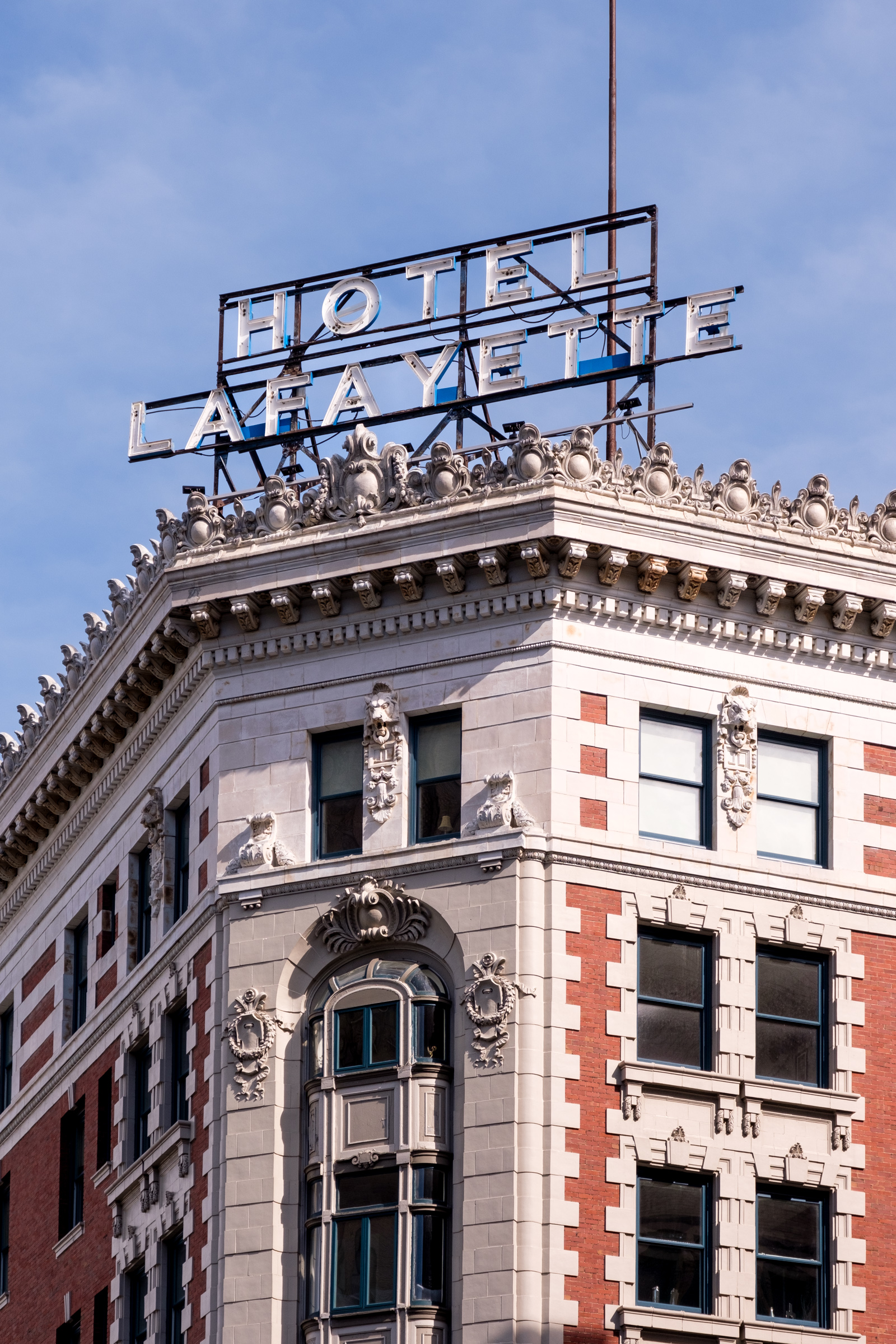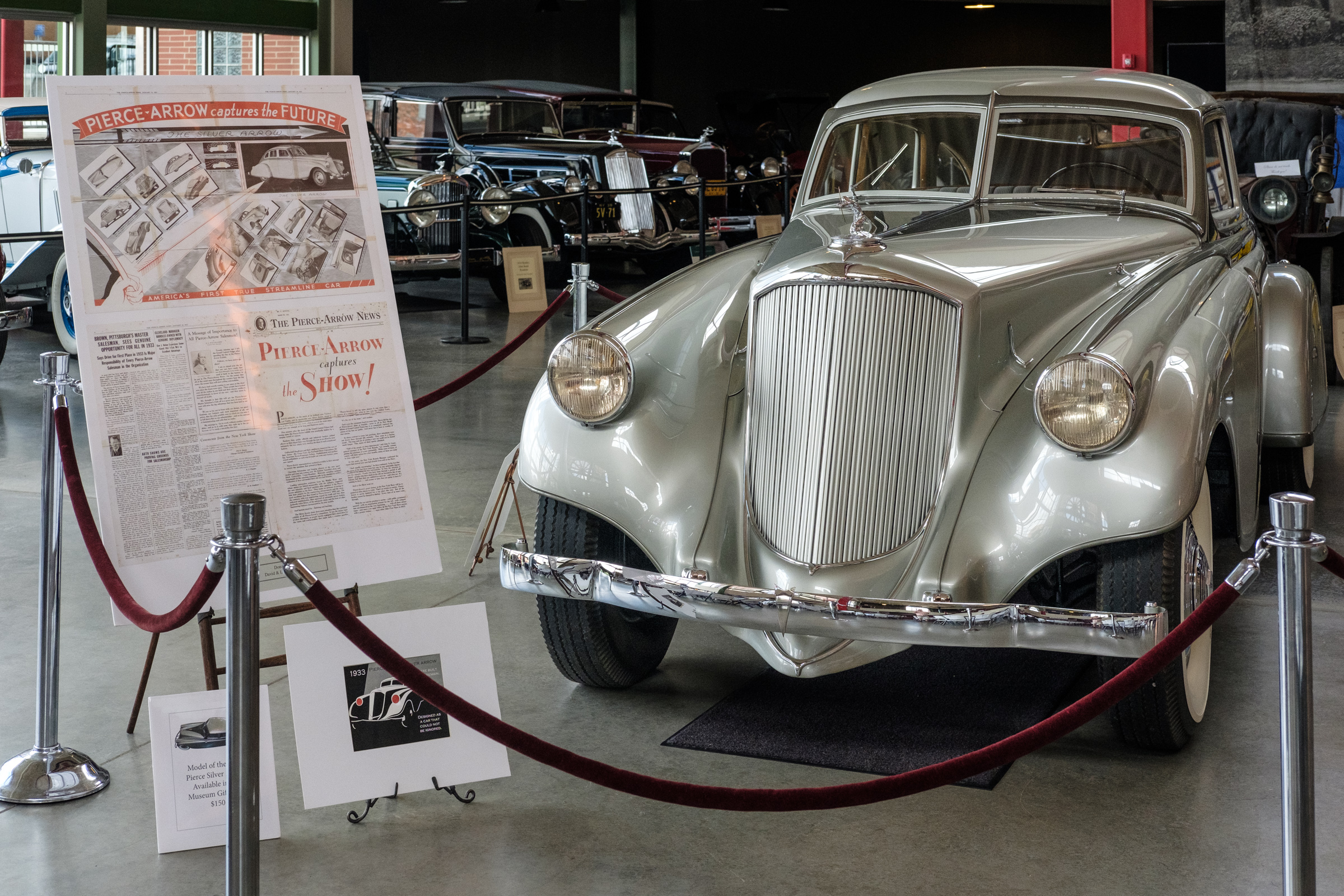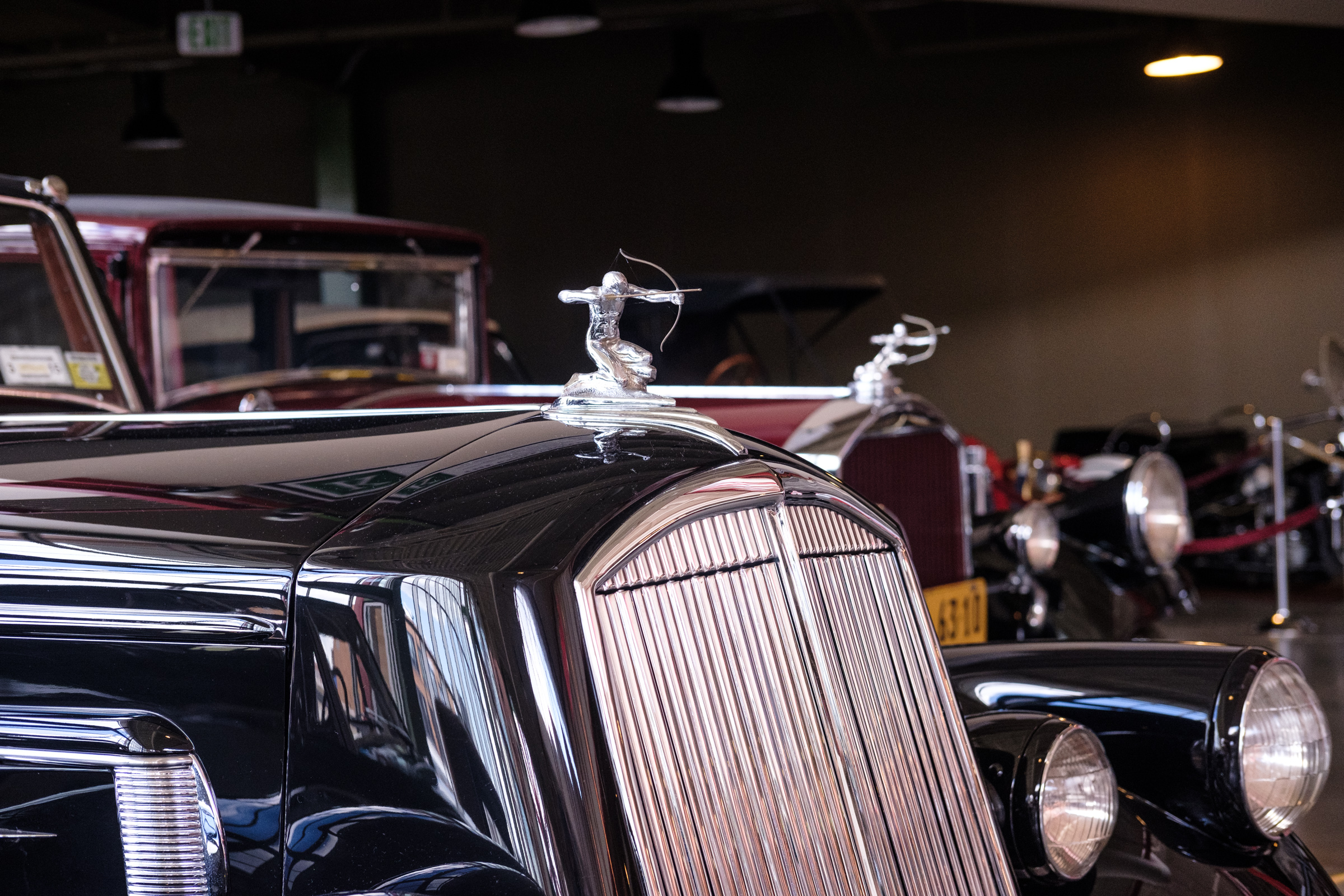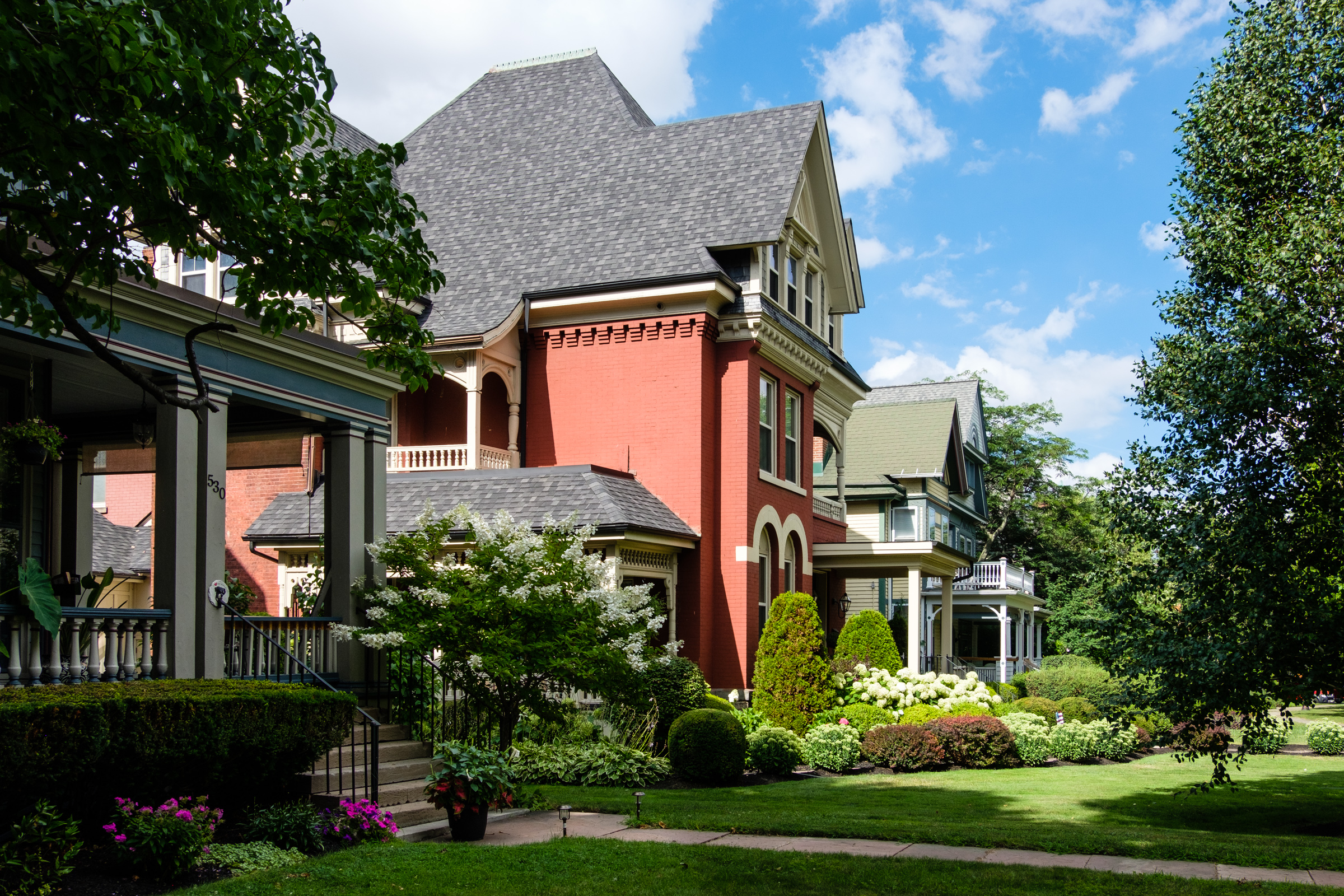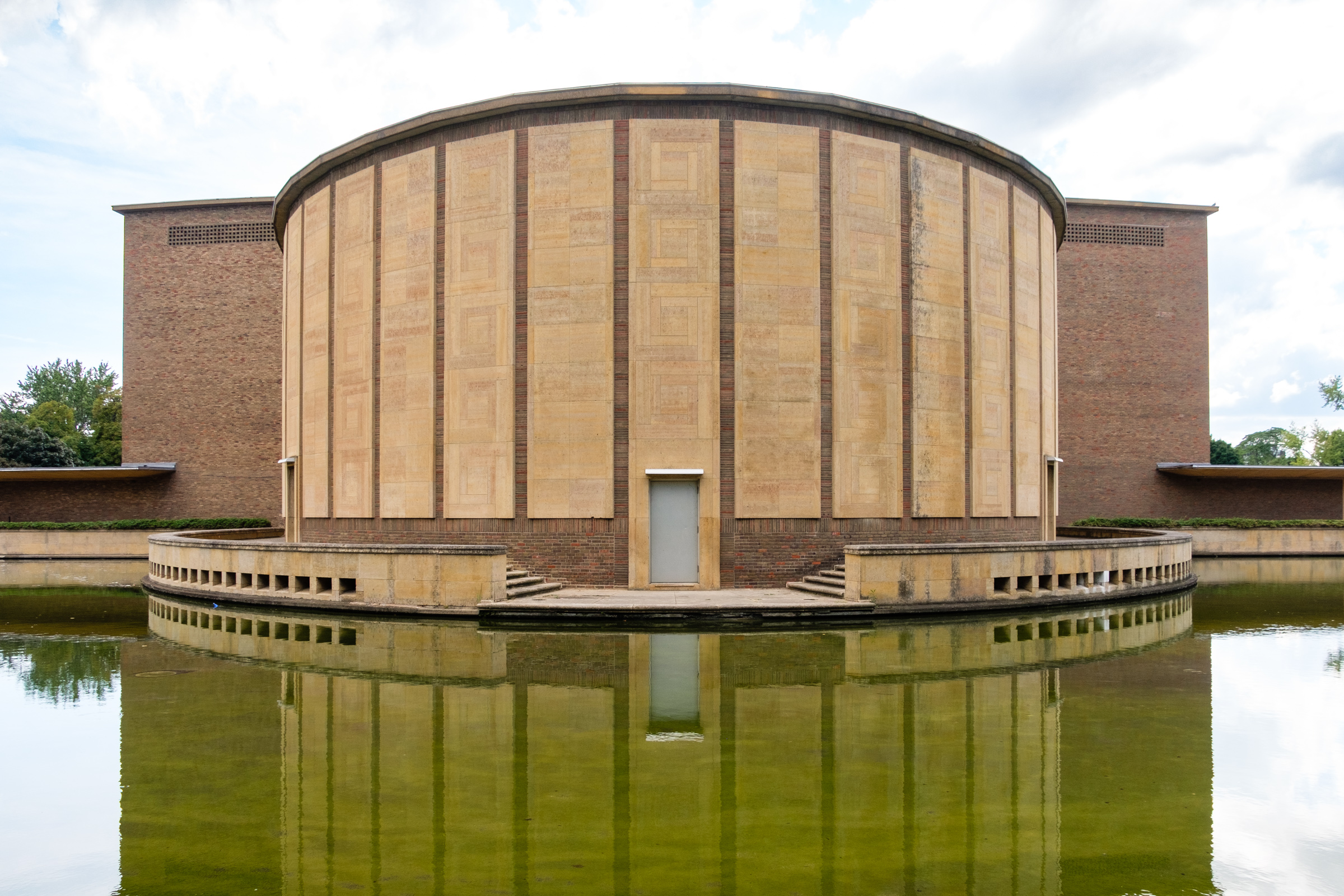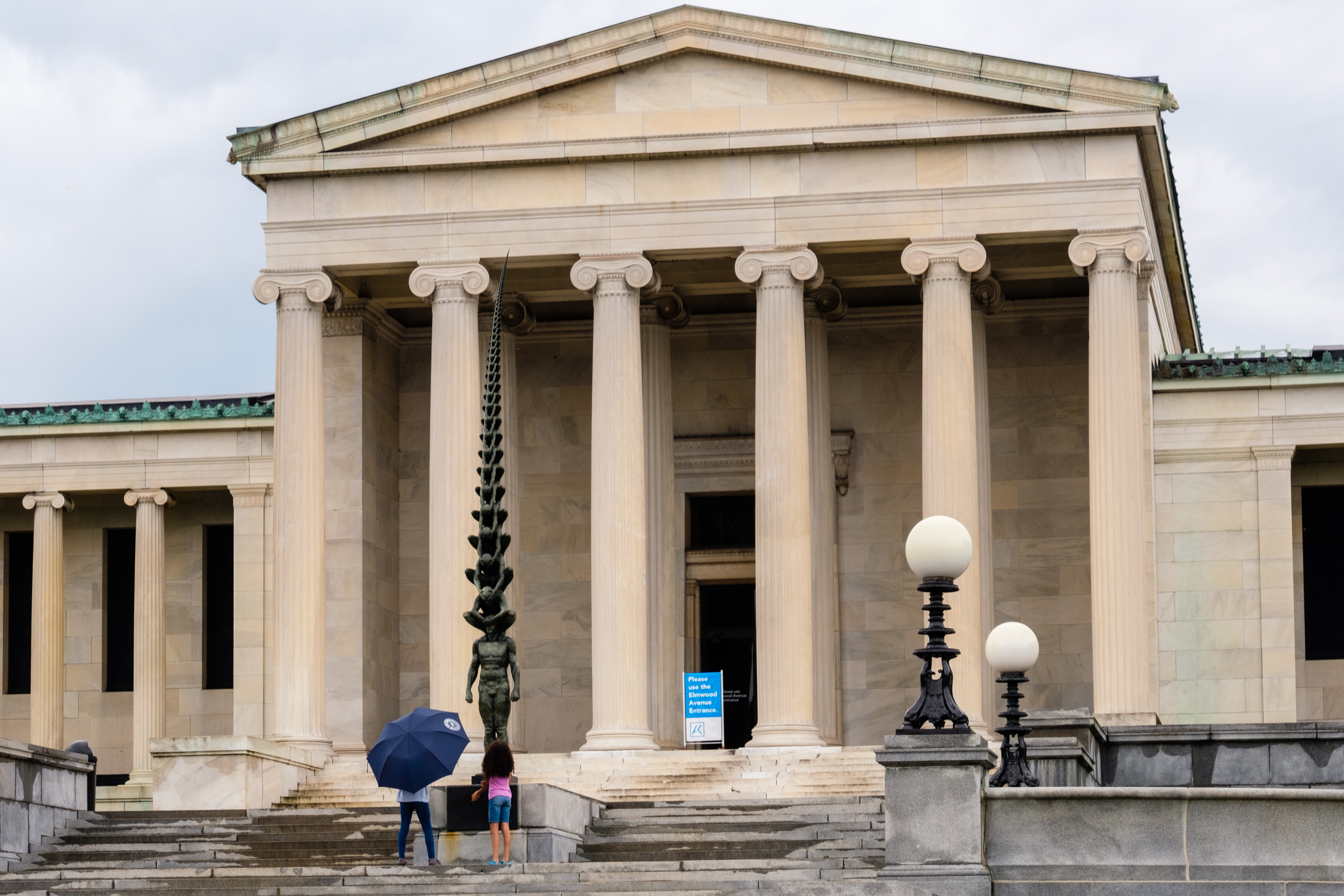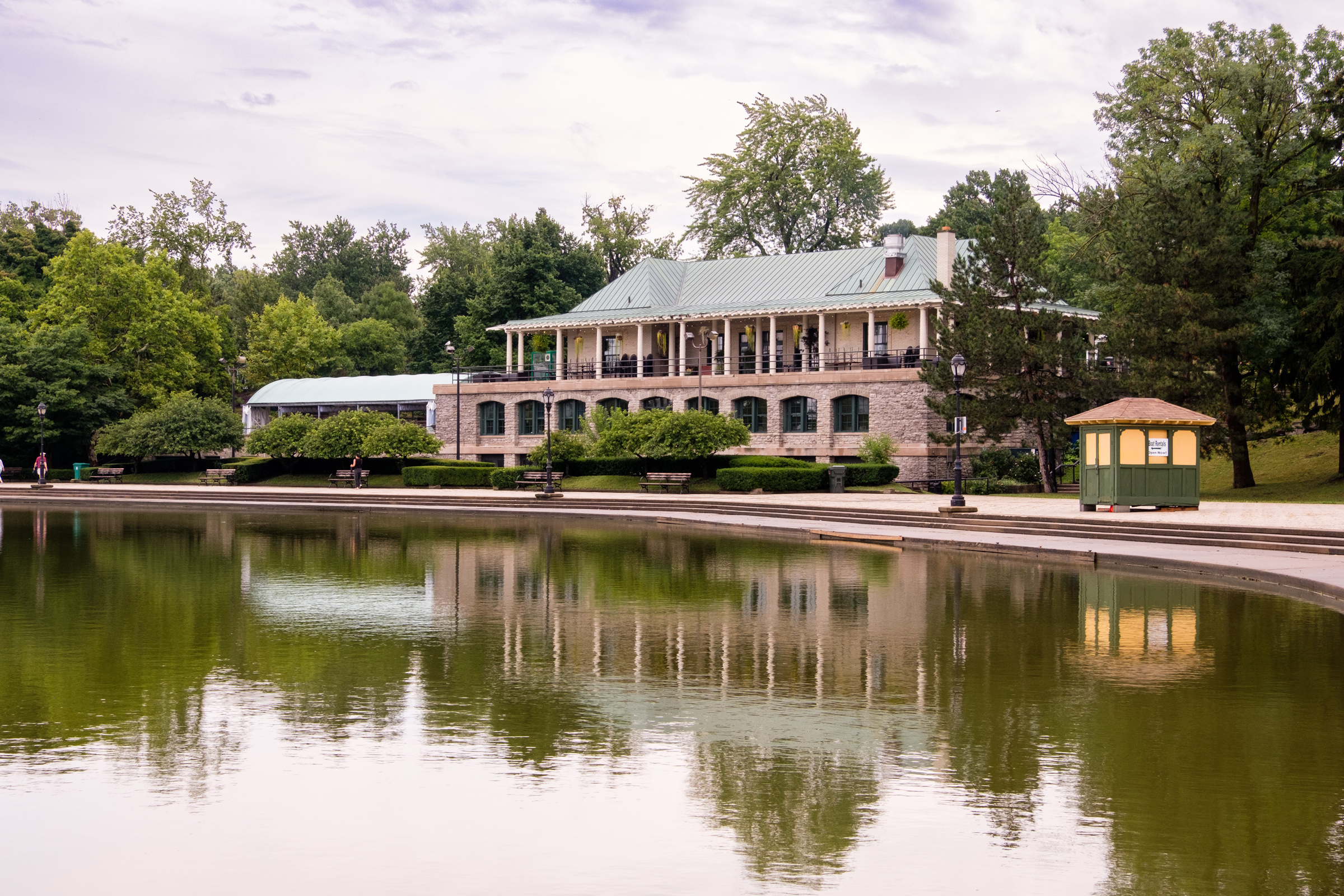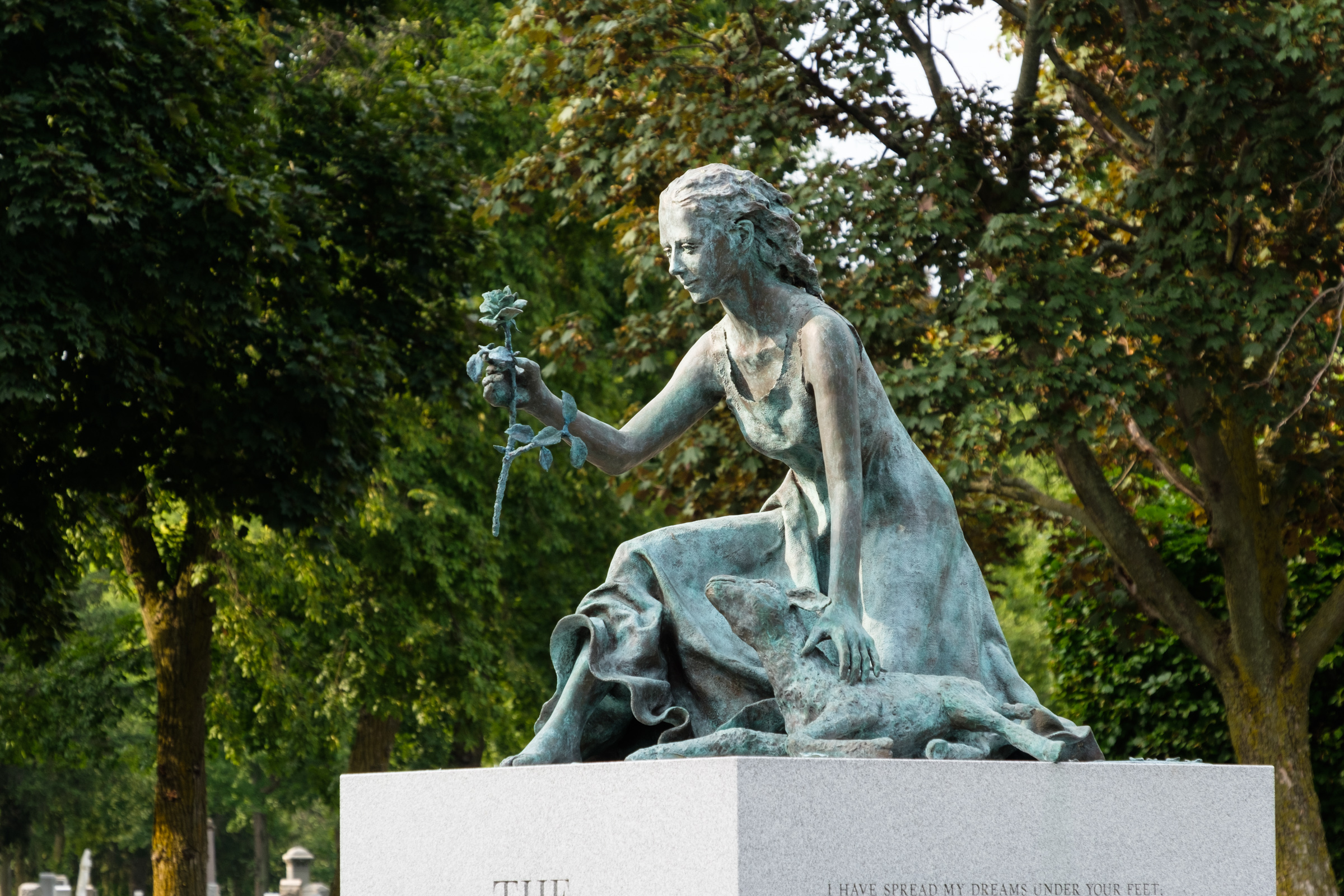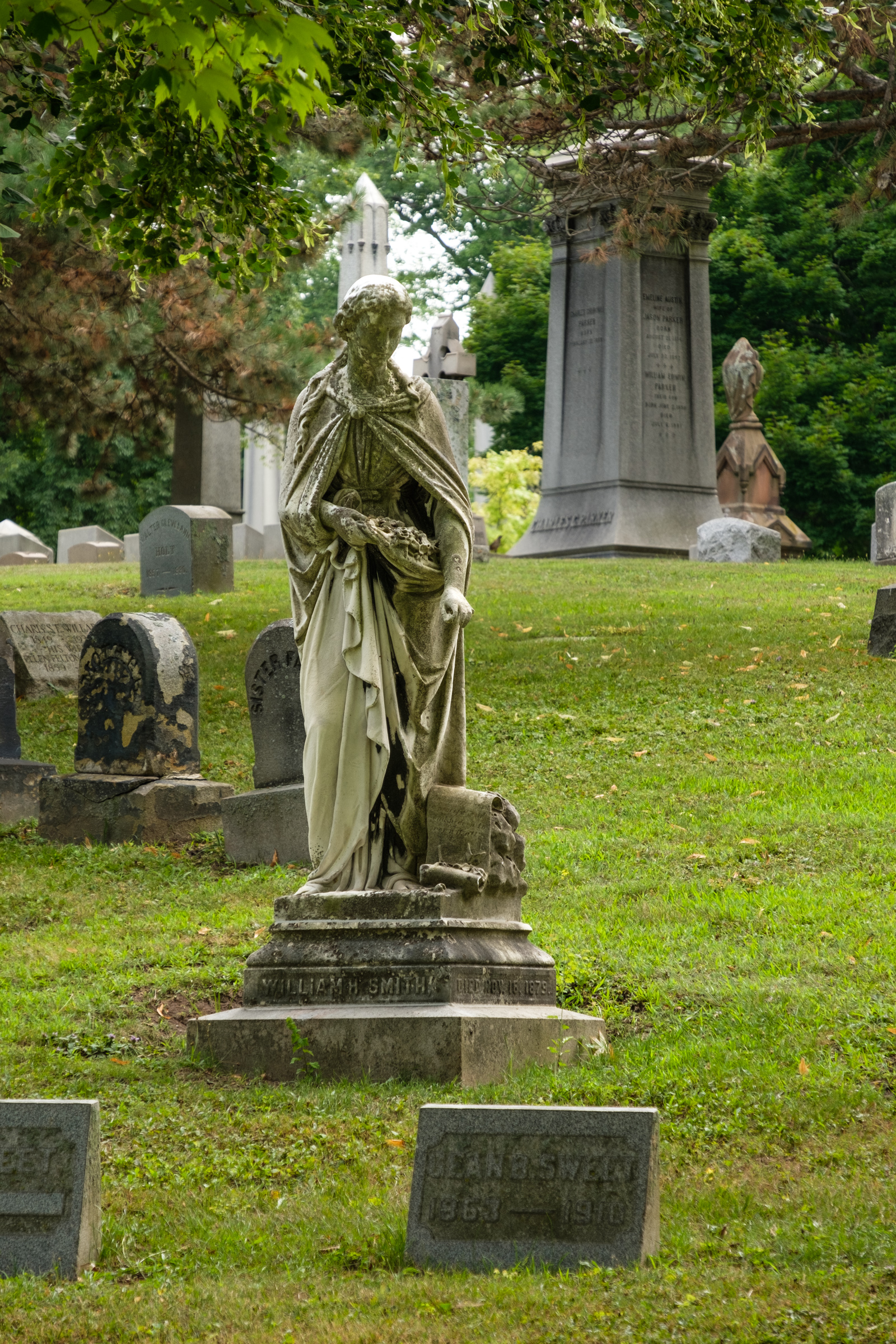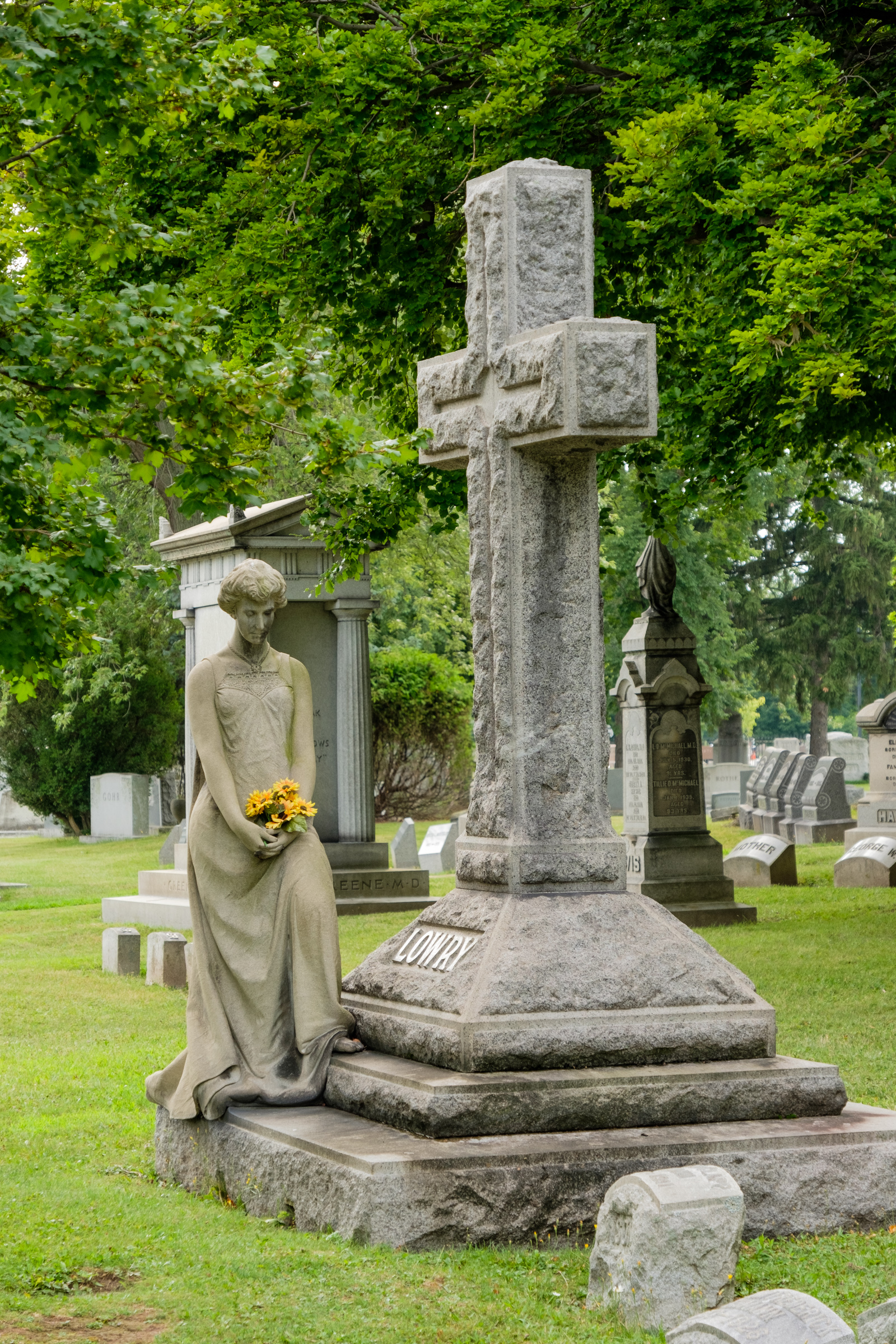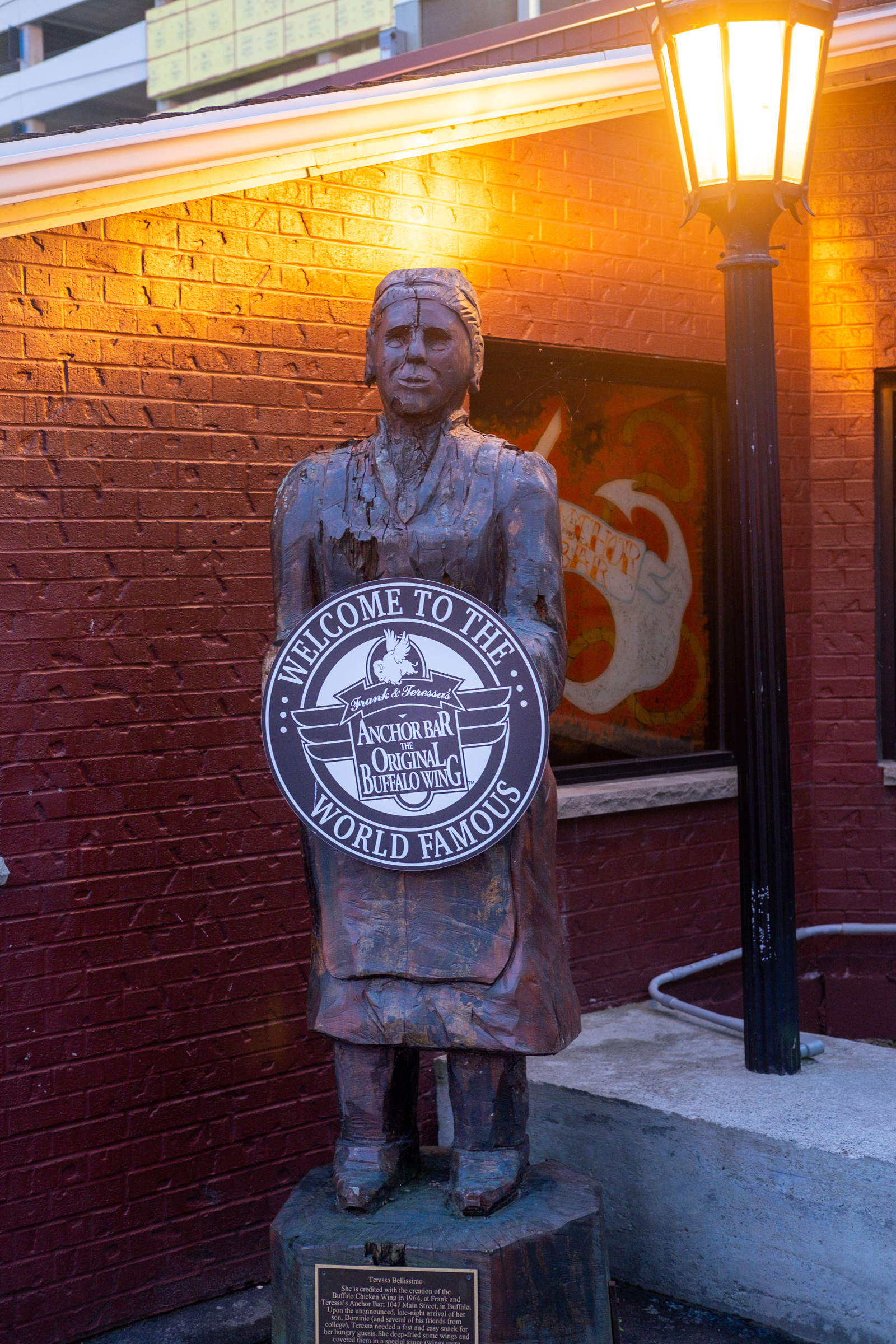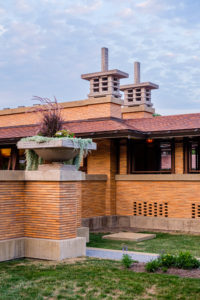 Buffalo!
Buffalo!
Happy New Year, dear readers.
This is the last post of 2021. We will have a look around Buffalo, New York, on Lake Erie, the starting point of the Erie Canal.
In 2018 and again in 2020 I visited Buffalo. I was struck by the elegance of many of its older districts and the beautiful parks. There is some very fine architecture in and near the city, particularly a couple of notable “Prairie School” style residences by Frank Lloyd Wright and a number of surviving historic buildings in the somewhat faded downtown. Pictured above is the Darwin D. Martin house, one of Wright’s most important designs – more below.
Buffalo was once an industrial powerhouse and known as the “Gateway to the West” after the opening of the Erie Canal. Evidence of the former wealth and prominence of this post-industrial city was everywhere as I took my first look around there in 2018.
From everything I have read and heard Buffalo has had some tough years as it has downsized and de-industrialized. I touched upon this in my prior post. It is no longer the wealthy place it once was, but it seems to be making good progress in its transformation. There is much to see and do there, and there is a lot to like. I especially enjoyed exploring some of the nicer historic neighborhoods away from the downtown which have a small town feel (such Allentown and Elmwood). I don’t want to sugar coat it, however; I drove around some really gritty areas of the city, too. Block after block of run down buildings (many boarded up and seemingly abandoned), vacant lots, shuttered stores…something one sees all too often in these shrinking Rust Belt cities in the US northeast. It’s not terribly surprising in that Buffalo has lost over half of its population as it has de-industrialized, as mentioned in the last post. Nonetheless, even with the urban decay I really enjoyed my two visits and seeing all the great progress being made, and, as with Cleveland, Detroit, Pittsburgh and other Rust Belt destinations, my expectations were greatly exceeded.
Indeed, on my road trips around the US in recent years, I have particularly enjoyed first time visits to such historic US cities writing their comeback stories and taking a deep dive into their histories. Coming from the US West Coast these cities were entirely new to me. Buffalo is definitely one of those places but clearly still is a work in process. Even once revived these Rust Belt cities may never achieve anything close to their former population and economic stature. Exciting revival and transformation are underway, but as arts and historic districts thrive, the homes in the more affluent neighborhoods get restored, commerce in the central city expands, museums are built and restaurants are opened, I wonder what ultimately will happen in the many struggling underpopulated outlying neighborhoods left behind which may never come back in these downsized cities.
I digress, as I so often do. Let’s take a look at Buffalo. This is going to be about the good bits and mostly about the architecture.
We’ll start in the downtown for some examples of the very impressive surviving historic architecture. Check out the City Hall (1931). It’s an art deco masterpiece and huge building befitting the economic giant Buffalo once was. The views from the Observation Deck are spectacular. The first few photos will give you a taste of what’s there in the center city. There’s more.
I signed up for a walking tour of “Millionaires’ Row” in the Delaware Avenue National Historic District near the downtown. The photos in this set are just a glimpse. There is block after block of these homes in that preservation district. Many of the mansions are gone now, and the uses of surviving buildings have changed, but what was surprising to me is how many of the mansions from the city’s Gilded Age still survive (and do so with great architectural integrity).
Next up in the set below is one of my favorite stops, the Pierce Arrow Museum. Car lovers, this one’s for you! Buffalo once had a thriving automotive industry. The legendary Pierce-Arrow luxury cars — a vehicle of choice by presidents and monarchs — were produced in Buffalo from 1901 to 1938. They were once among the finest automobiles made. The museum has some real beauties on display and also (among other things) a full-scale model of a Frank Lloyd Wright–designed filling station designed in 1927 but never built. It’s worth a visit just to see the sensational 1933 Pierce Arrow Silver Arrow on display – only three still exist!
In this set are also several photos of the Darwin D. Martin House designed by Frank Lloyd Wright and built between 1903 and 1905. It’s been extensively and thoughtfully restored and is open to the public with tours available. It has been described as “among the most important designs of Wright’s career” and “one of the masterpieces of the Prairie School style”. It is a jewel.
Kleinhans Music Hall (1940) located in the lovely Allentown area is by the Finnish-American architects Eliel Saarinen and his son Eero Saarinen. It is currently the home of the Buffalo Philharmonic Orchestra. In one of the photos of the Music Hall you will see in the background First Presbyterian Church (E.B. Green, architect, 1897), another Buffalo architectural treasure.
Delaware Park was also a fave. It was designed by Frederick Law Olmsted and Calvert Vaux — the same landscape designers responsible for New York City’s Central Park and Prospect Park — and developed between 1868 and 1876.
In this set you will also see some photos of South Park Conservatory, 1900, in the Buffalo and Erie County Botanical Gardens in South Park (constructed between 1894 and 1900 – an Olmsted park done after the dissolution of the Olmsted & Vaux firm).
At the end of the set (after a stroll through beautiful Forest Lawn Cemetery near Delaware Park) are two photos I took at the Anchor Bar (since 1935), which claims to be the birthplace of the Buffalo chicken wing. There are apparently multiple origin stories, and the actual origin is said to be murky. I had wings on both trips to Buffalo at various places; the Anchor Bar dining experience was among the best, whether or not Buffalo wings actually started out there.
See you next year for more journeys on the roads less traveled. Next post we will stop at Buffalo Harbor for some Erie Canal related shots, leave Buffalo and commence the drive eastward.
I hope you have enjoyed this year’s posts. All best wishes for 2022!
Click on (or tap) an image to expand it (and use the arrow to the right on an expanded image to go through the set, if preferred over scrolling down in the post).
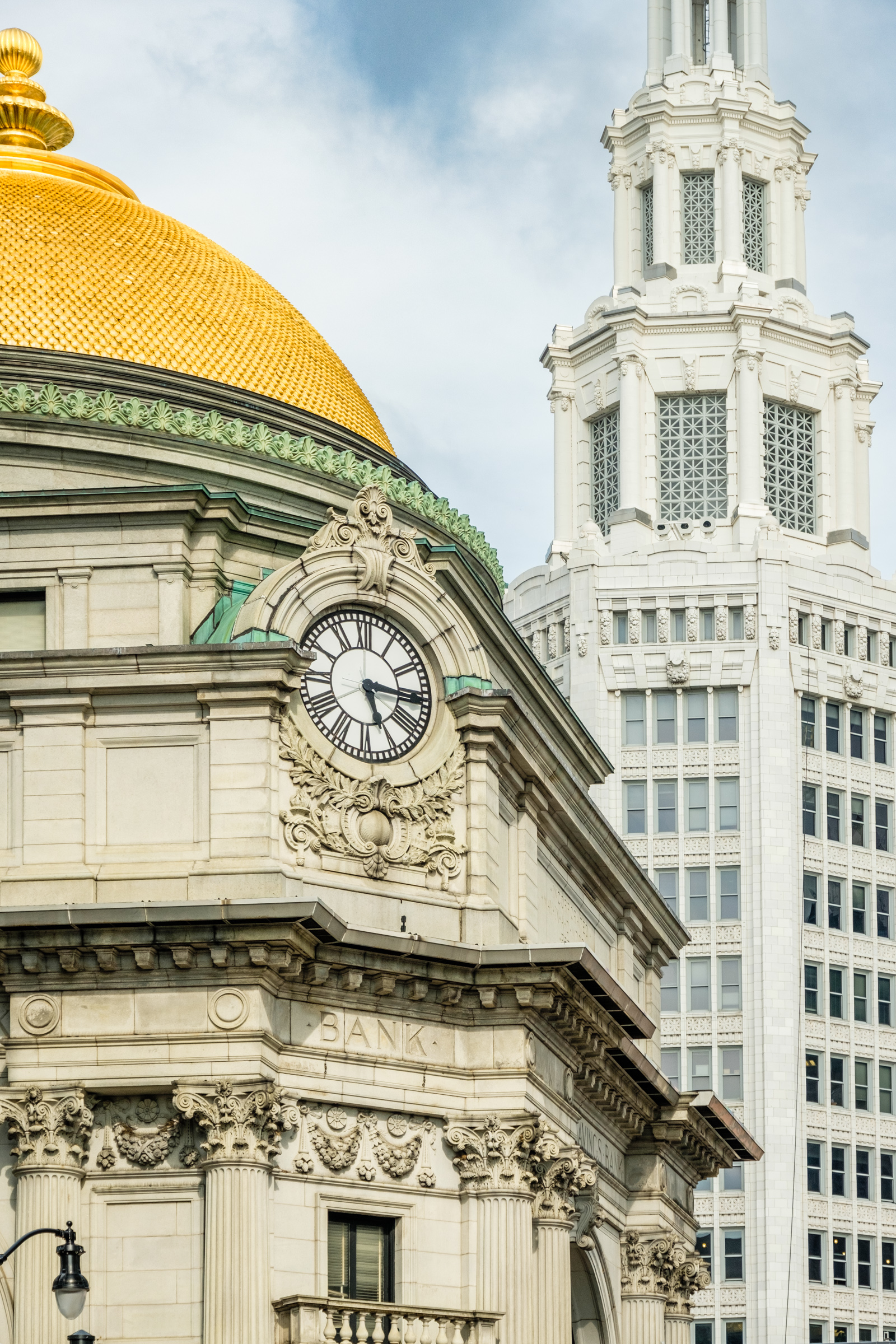
Buffalo Savings Bank building, 1901, 1 Fountain Plaza, and the Electric Tower (General Electric Tower), 535 Washington St., 1912, with additions in 1923 and 1928, Buffalo
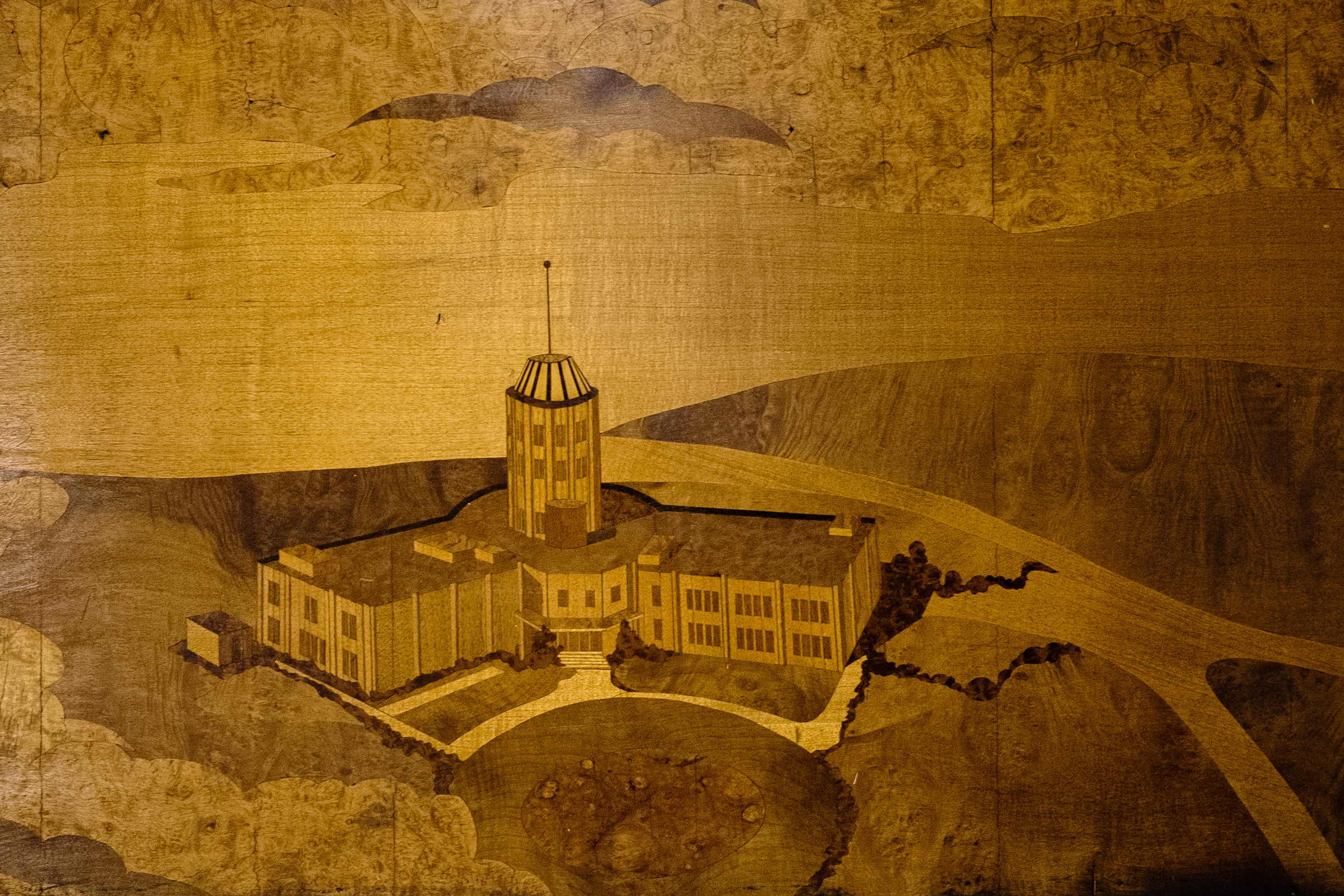
Art Deco lobby, 1942, at the Hotel Lafayette, Buffalo, 1902, with detail of the Buffalo Airport in the north wall inlaid wood (intarsia) mural
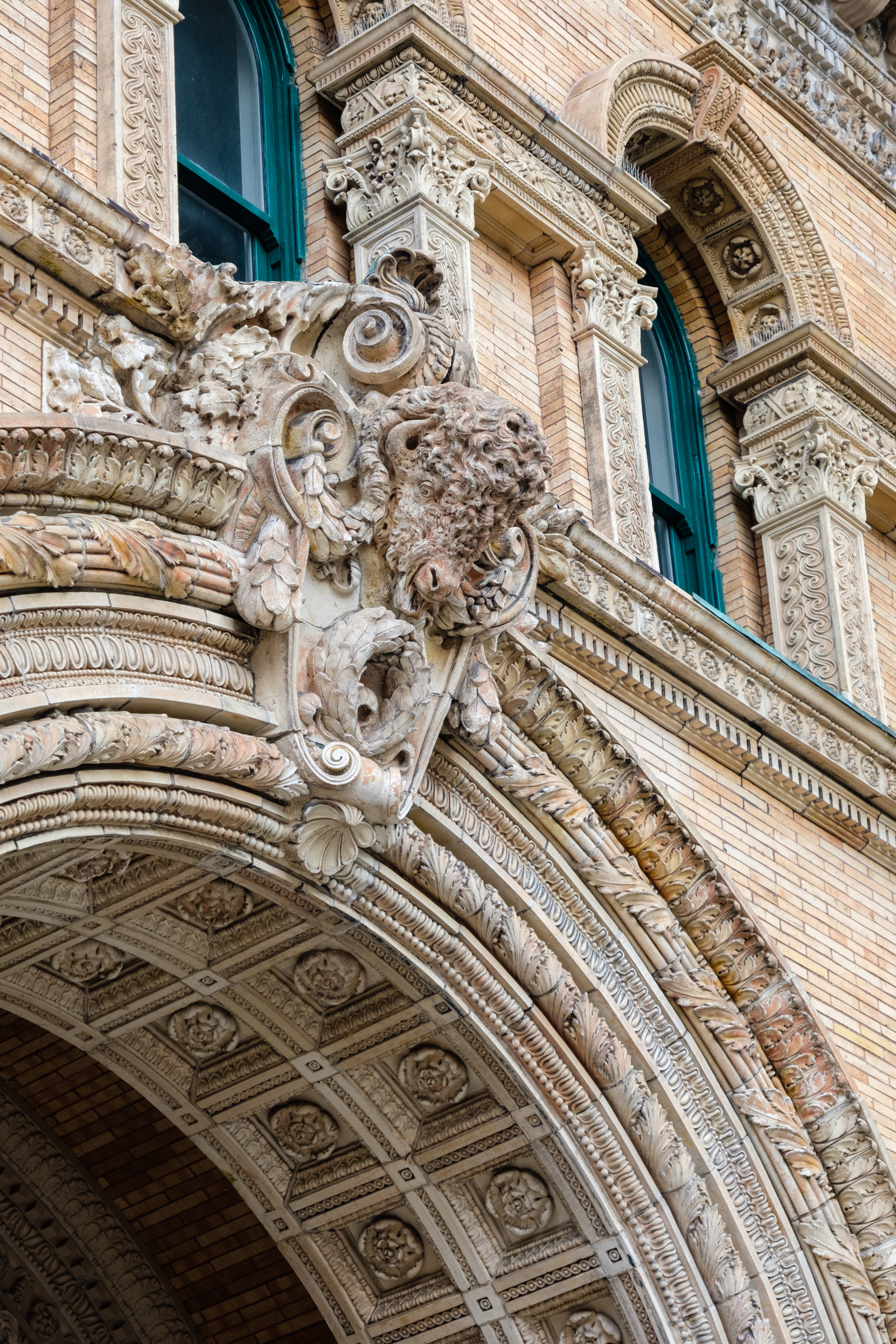
Entrance to the The Market Arcade building, formerly known as "The Palace Arcade" (modeled after London's Burlington Arcade), 1892, 617 Main Street Buffalo
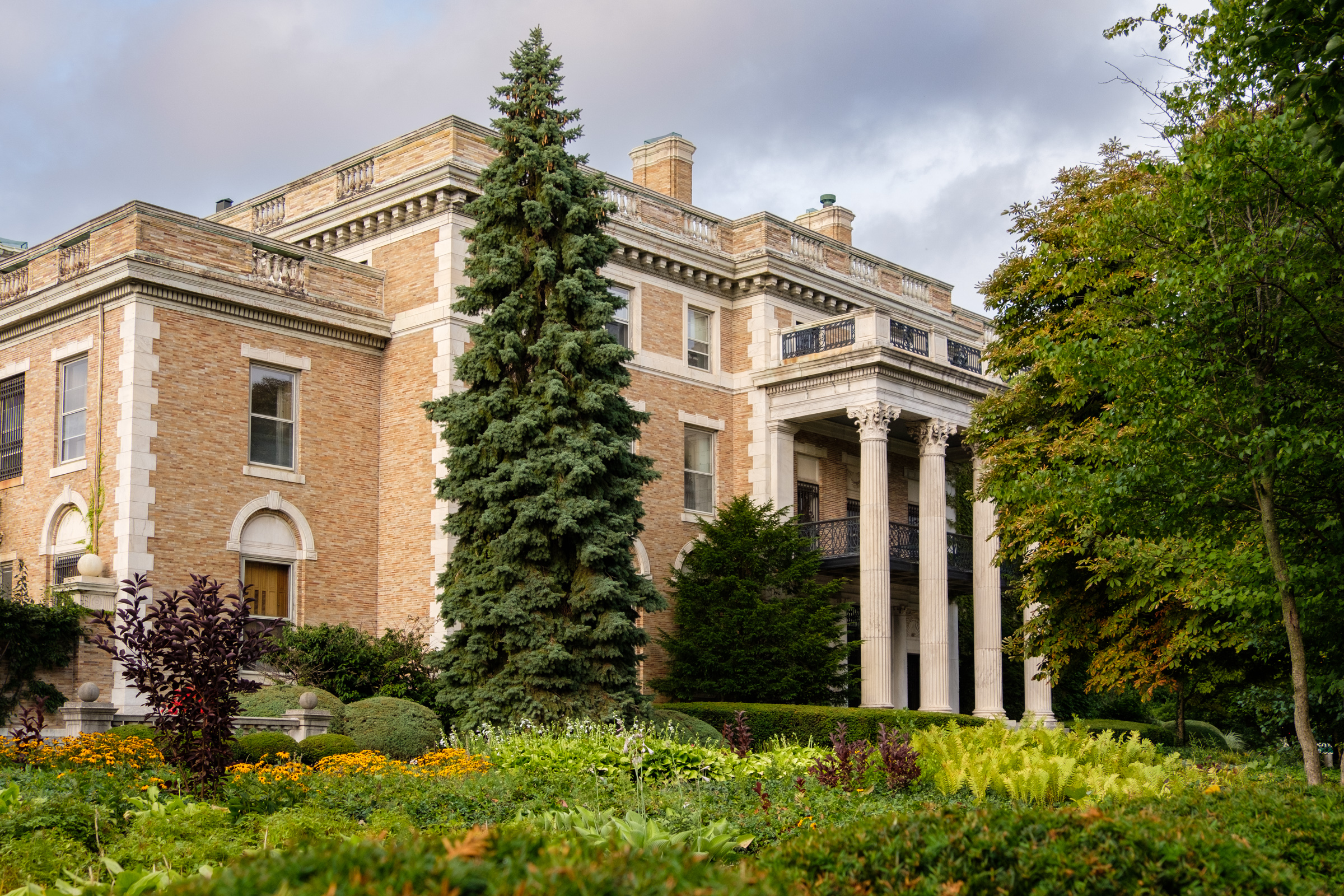
On "Millionaires' Row" in the Delaware Avenue National Historic District, Buffalo: Williams-Butler Mansion, 672 Delaware Avenue
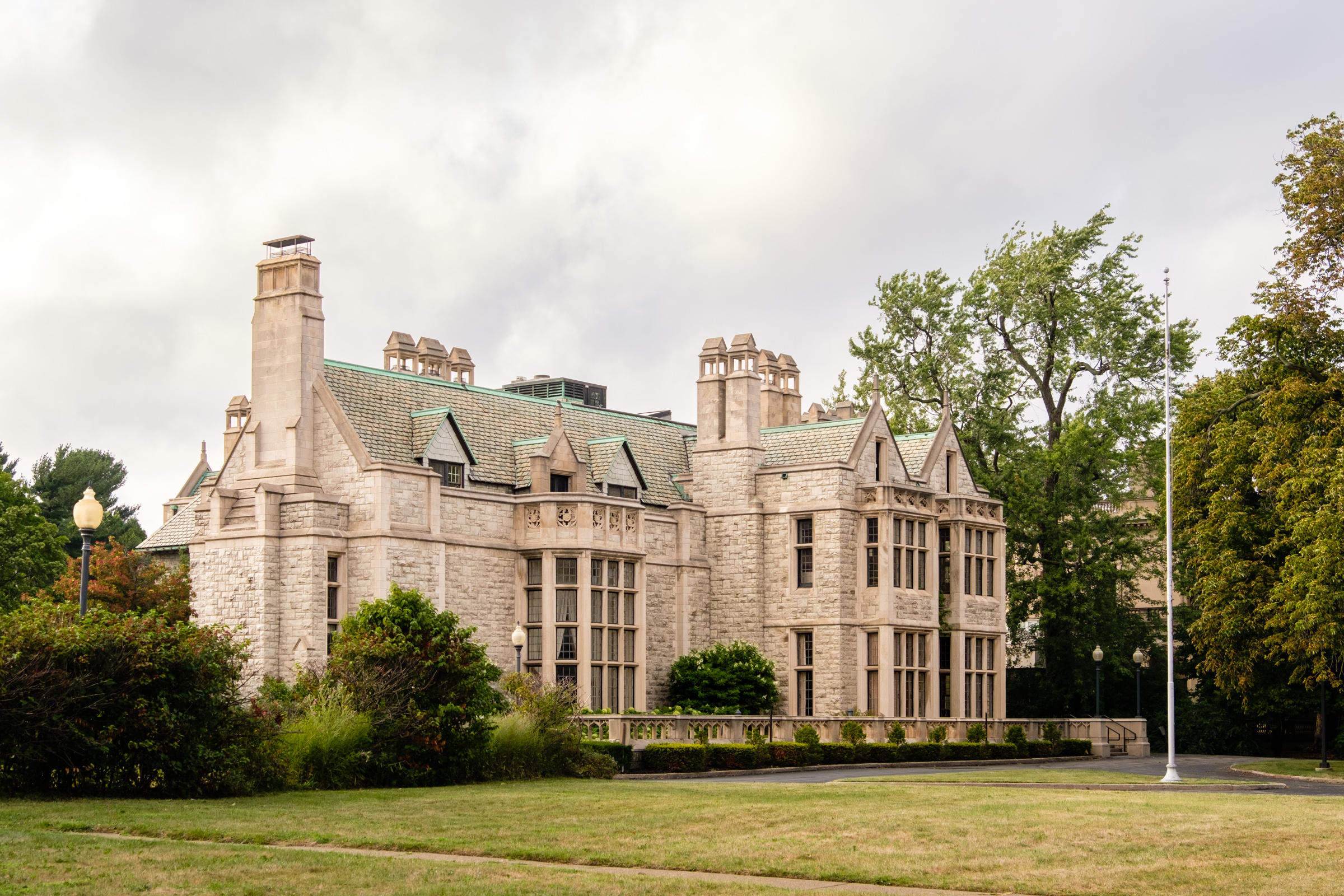
On "Millionaires' Row" in the Delaware Avenue National Historic District, Buffalo: Clement Mansion, 786 Delaware Avenue
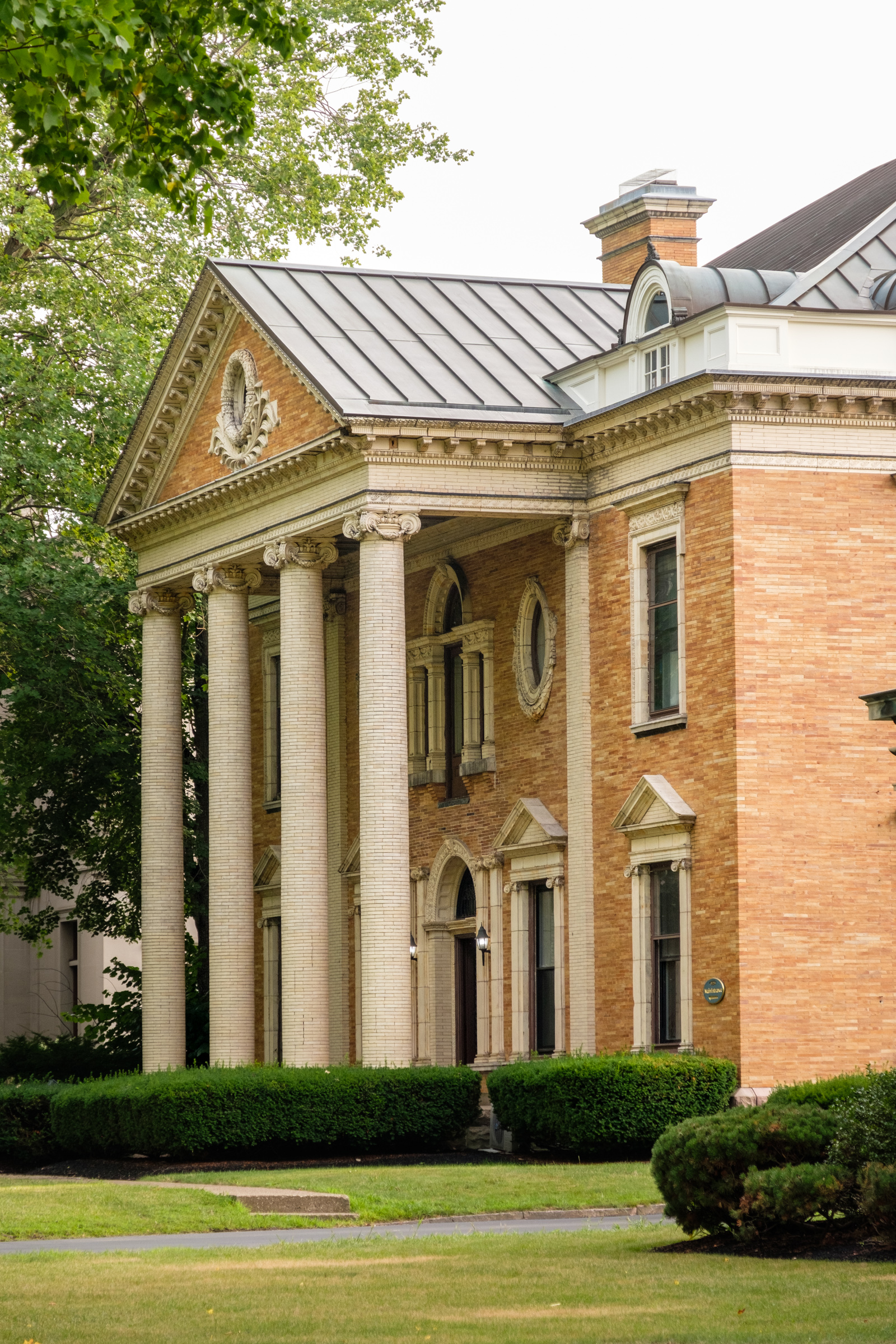
On "Millionaires' Row" in the Delaware Avenue National Historic District, Buffalo: Forman-Cabana House, 824 Delaware Avenue
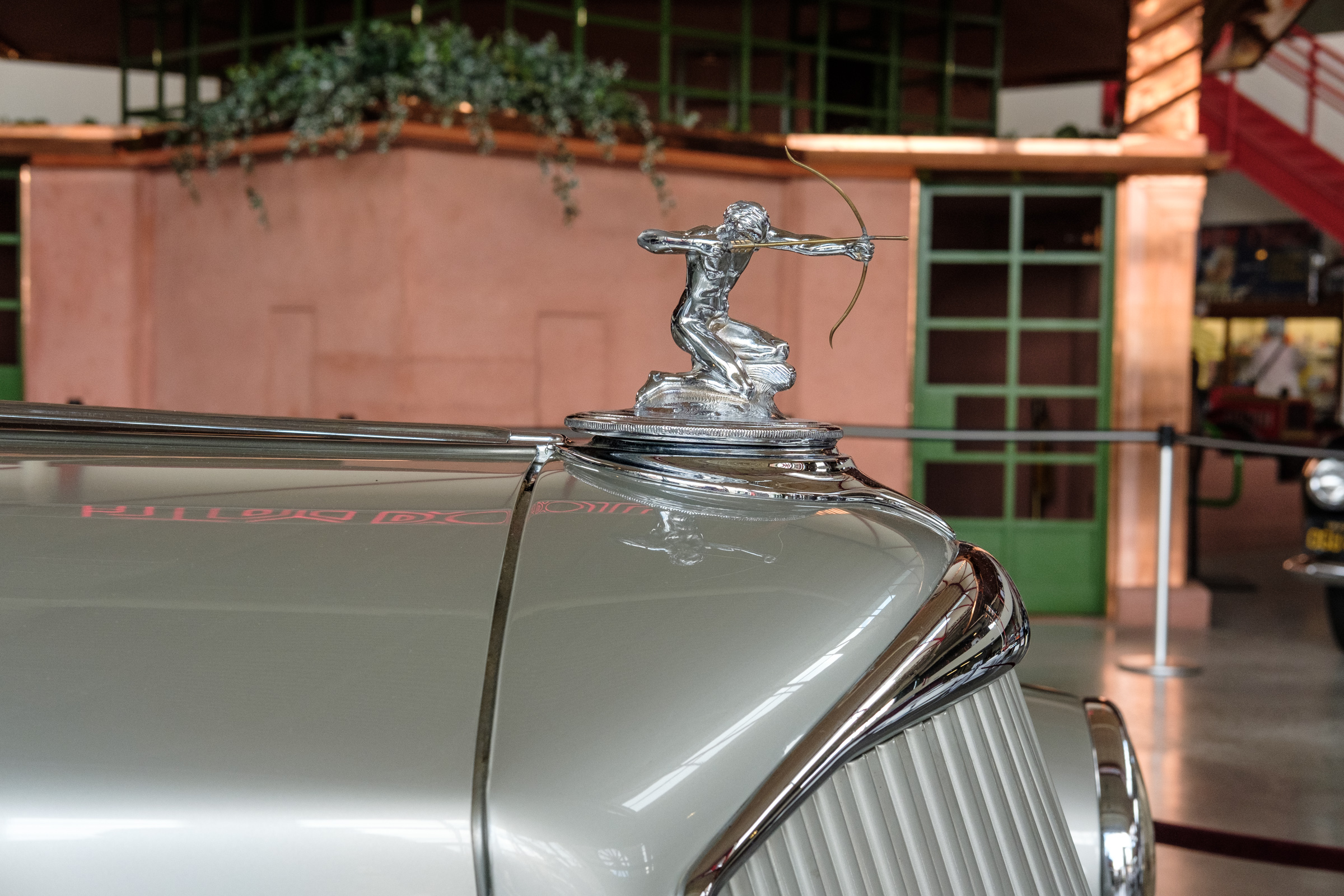
Hood ornament of a 1933 Pierce Arrow Silver Arrow, Pierce Arrow Museum (with installation of the Buffalo Filling Station by Frank Lloyd Wright), Buffalo
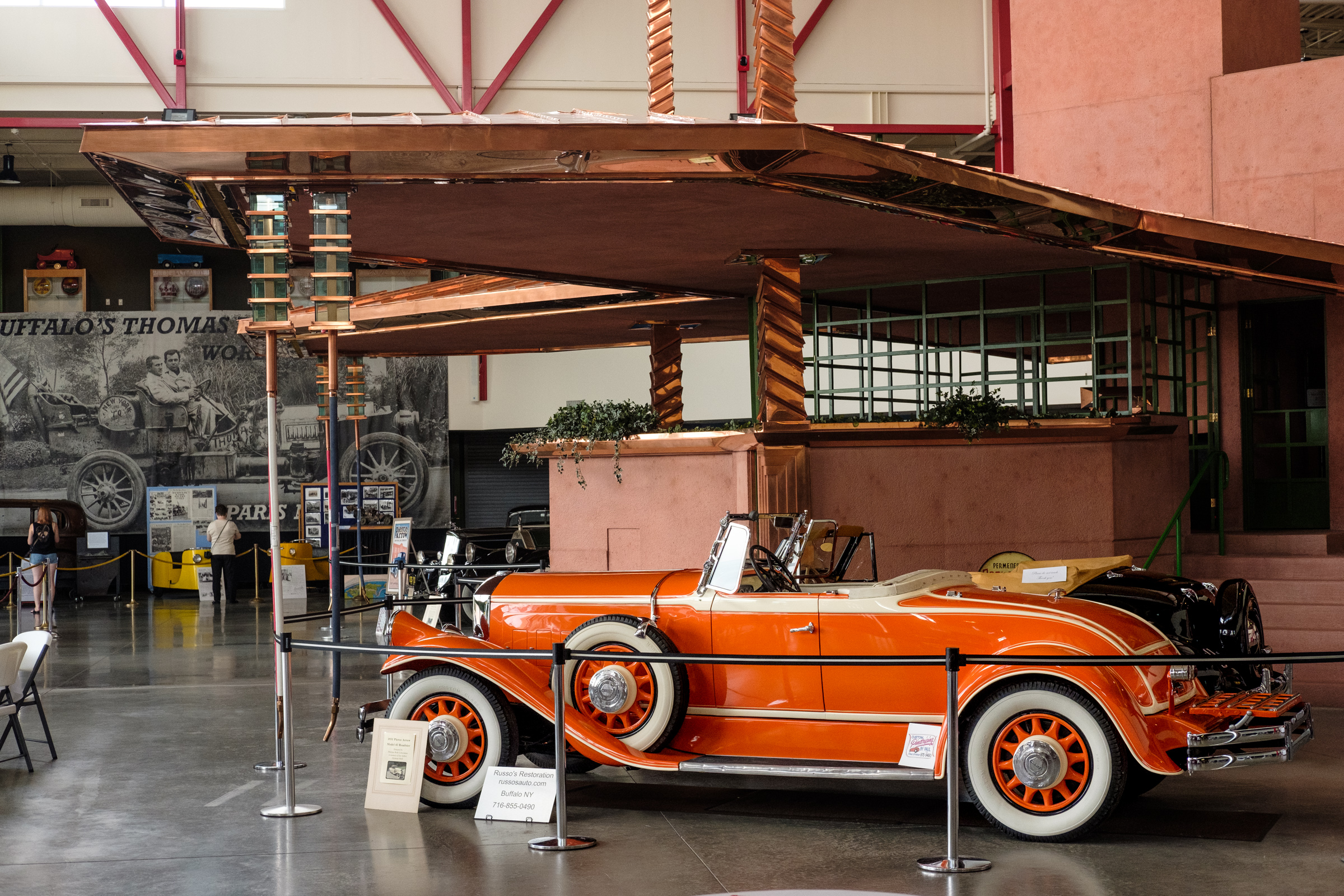
Pierce Arrow Museum (with installation of the Buffalo Filling Station by Frank Lloyd Wright), Buffalo
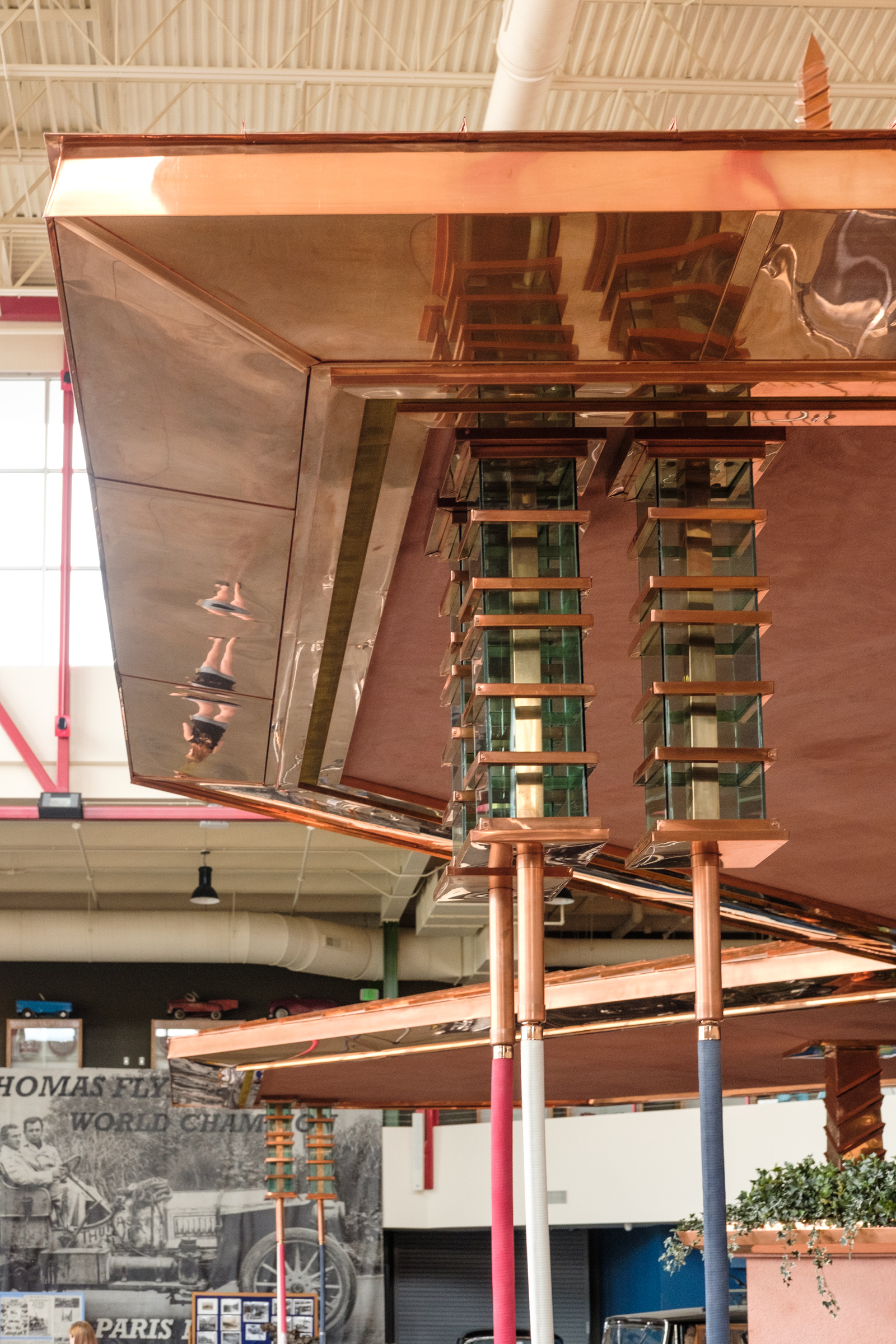
Pierce Arrow Museum (with installation of the Buffalo Filling Station by Frank Lloyd Wright), Buffalo
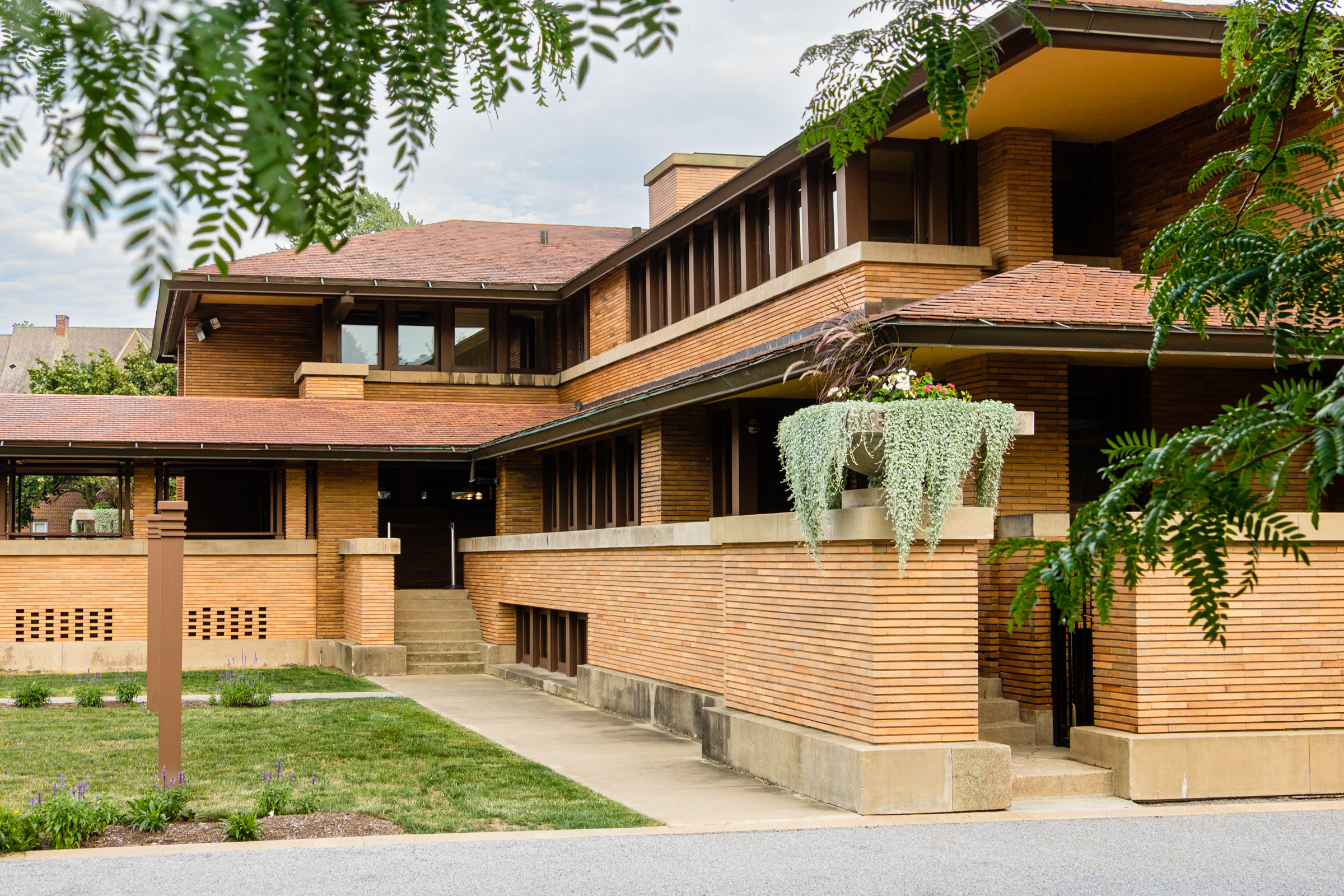
The Darwin D. Martin House/Martin House Complex designed by Frank Lloyd Wright between 1903-05, Buffalo
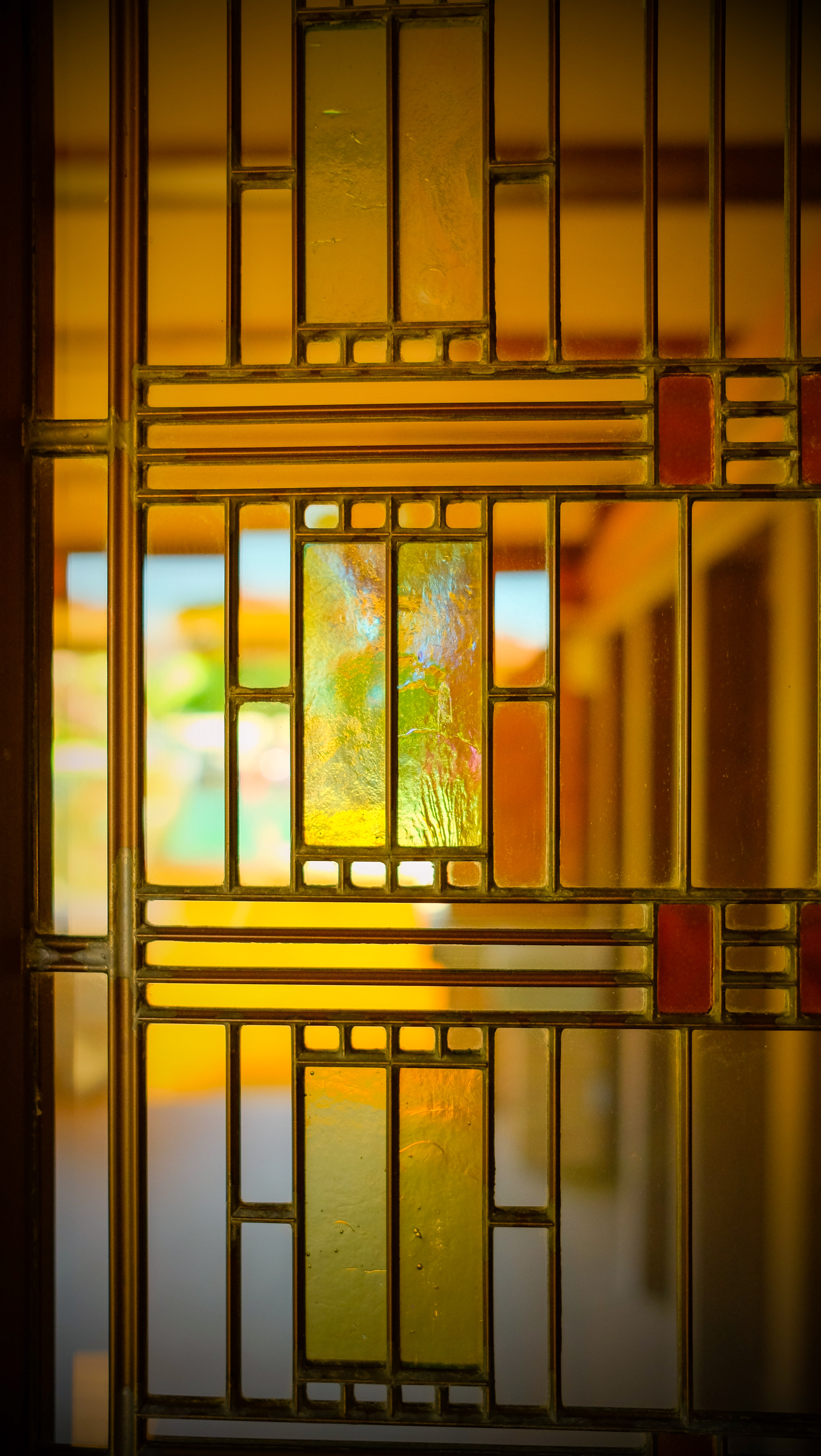
Stained glass windows at the Darwin D. Martin House/Martin House Complex designed by Frank Lloyd Wright between 1903-05, Buffalo
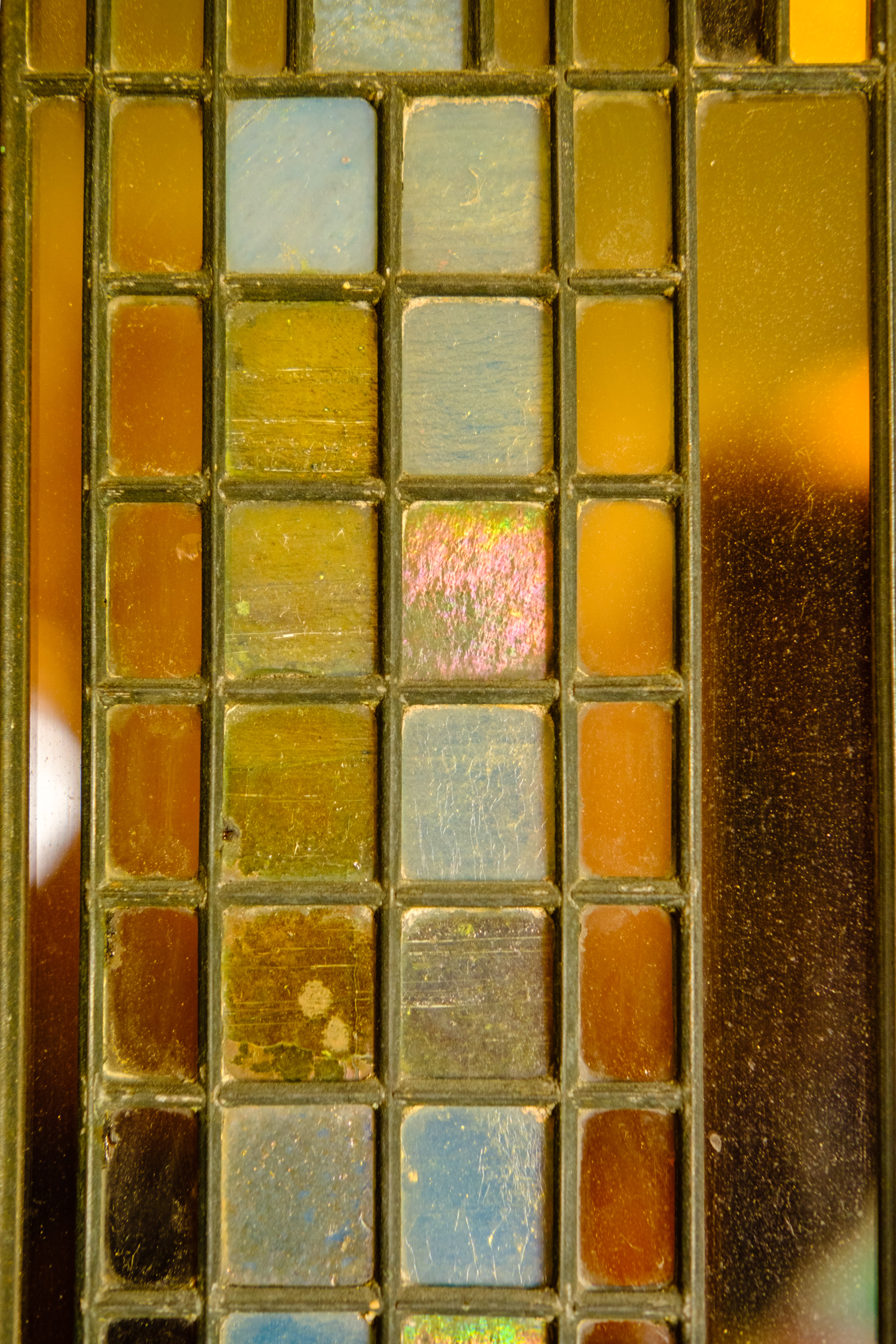
Stained glass windows at the Darwin D. Martin House/Martin House Complex designed by Frank Lloyd Wright between 1903-05, Buffalo

The Darwin D. Martin House/Martin House Complex designed by Frank Lloyd Wright between 1903-05, Buffalo

The Darwin D. Martin House/Martin House Complex designed by Frank Lloyd Wright between 1903-05, Buffalo
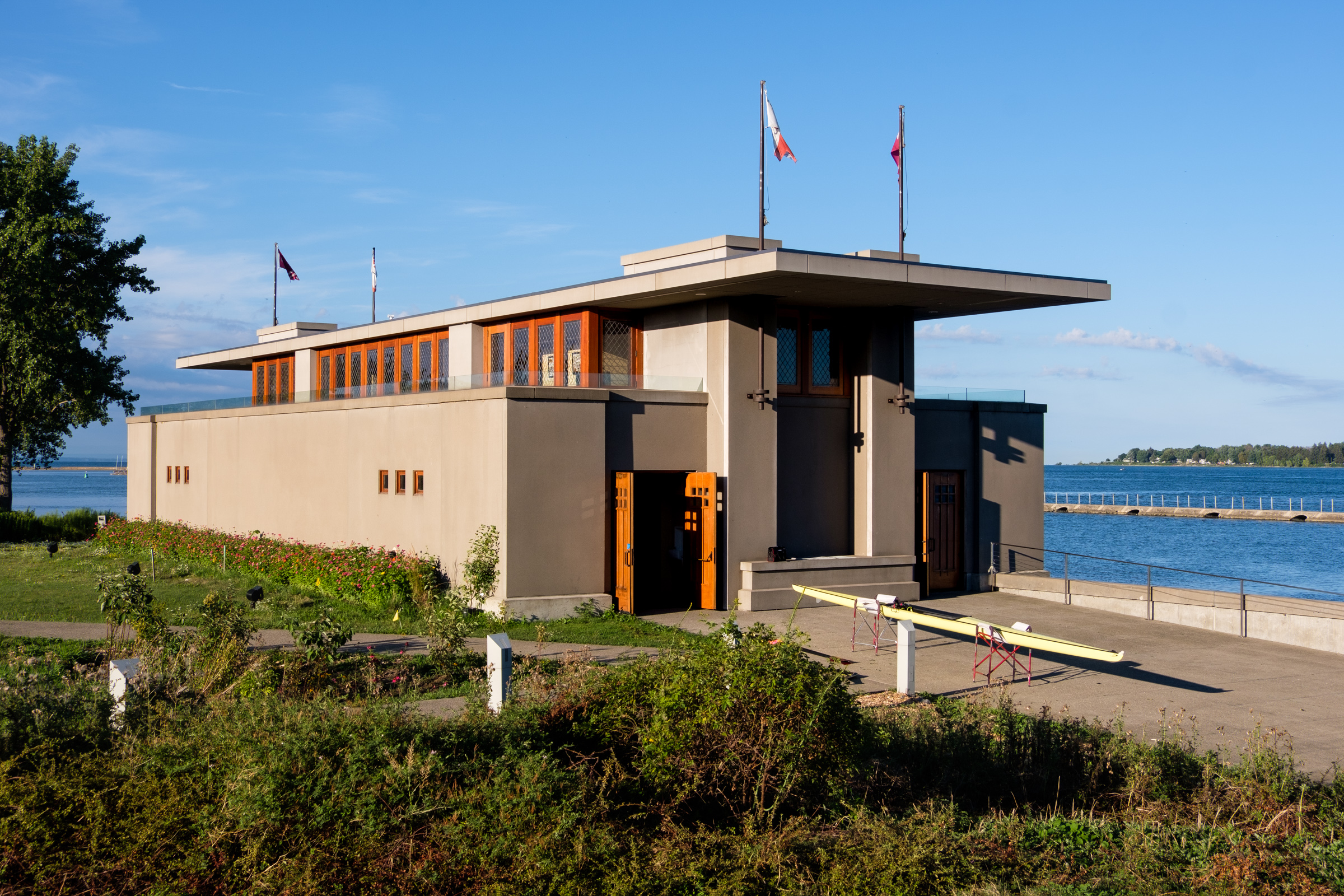
The Fontana Boathouse at Buffalo’s Black Rock Canal, a posthumous completion of a structure illustration in Wright's 1910 Wasmuth Portfolio
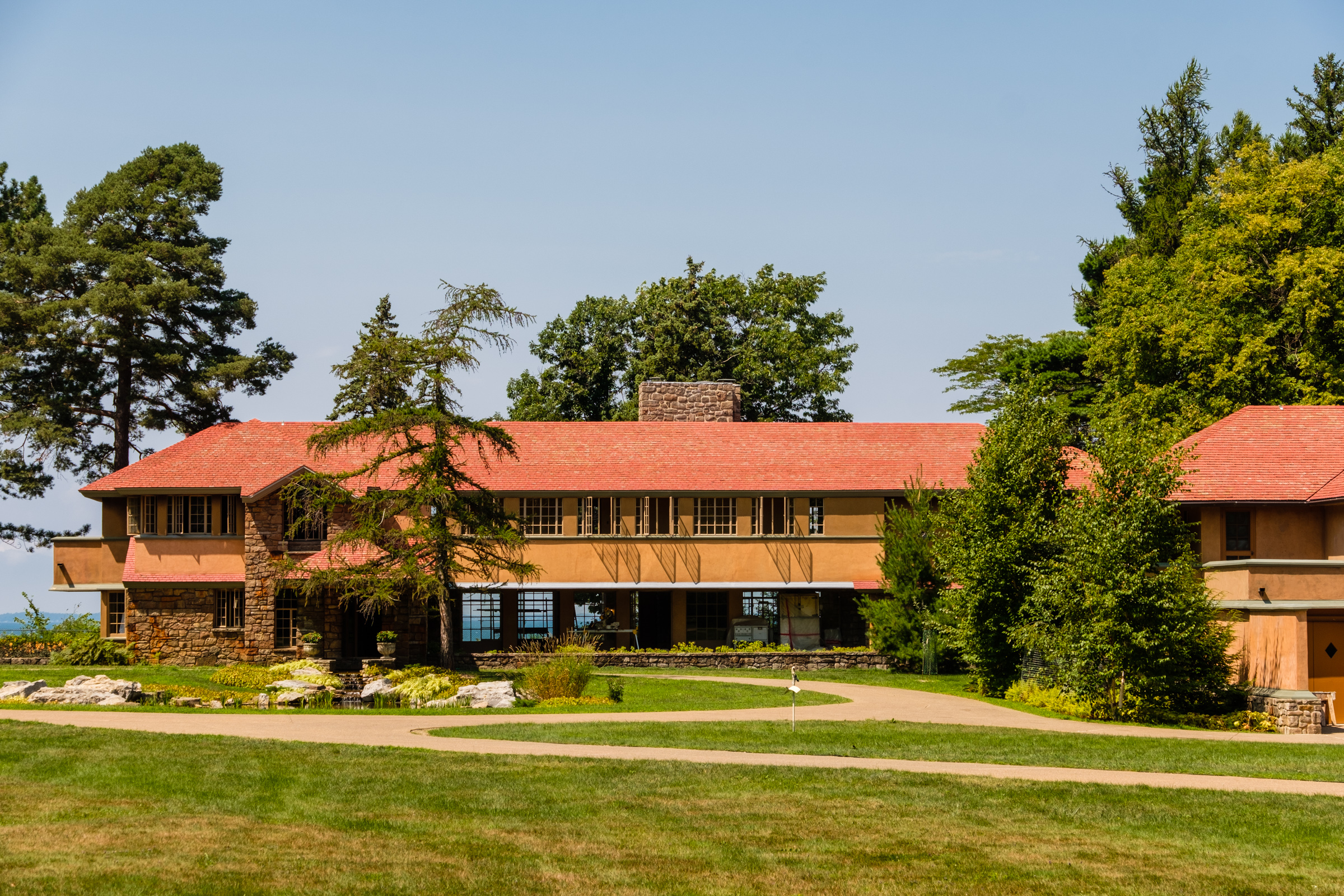
Graycliff, designed by Frank Lloyd Wright between 1926-31 at the bluffs above Lake Erie in Derby near Buffalo
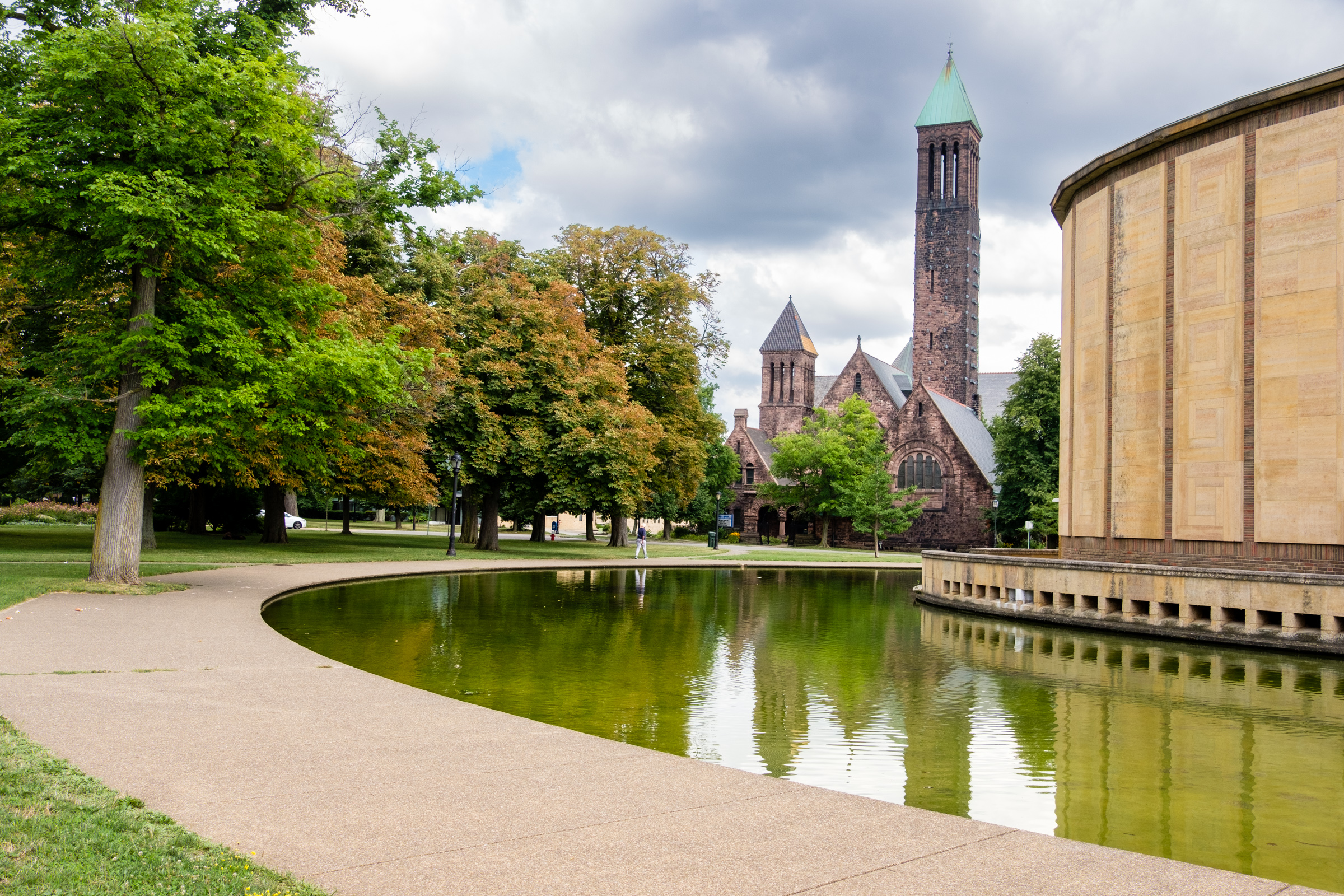
Kleinhans Music Hall (Eliel & Eero Saarinen, 1940), Buffalo, with First Presbyterian Church (Green & Wicks, 1897) in the background

Jaume Plensa, Laura, 2012, Albright–Knox Art Gallery (Green & Wicks, 1905), Delaware Park, Buffalo, designed 1868-1870 by Olmsted & Vaux
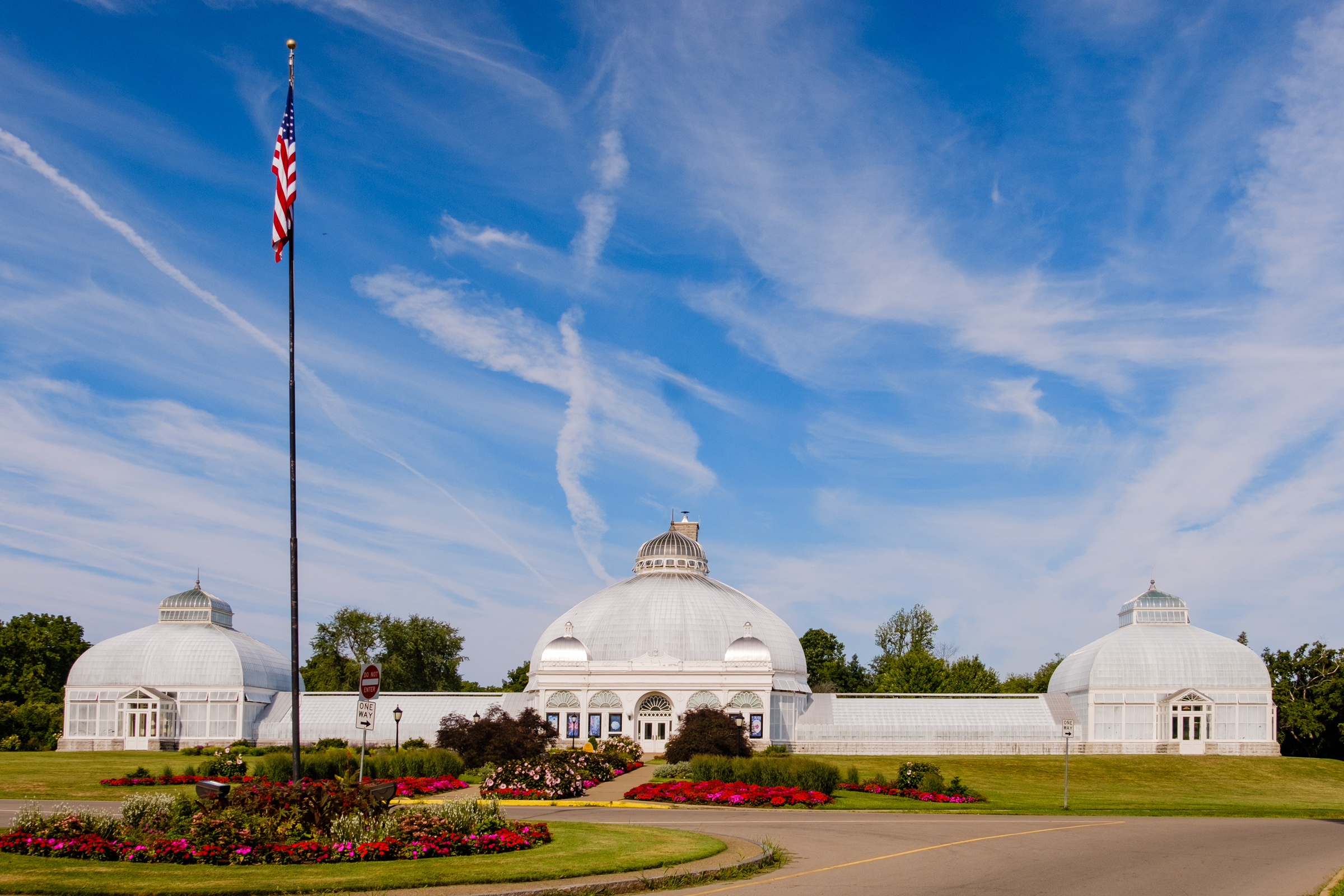
South Park Conservatory, 1900, by Lord & Burnham, part of the Buffalo and Erie County Botanical Gardens in South Park, Buffalo (park constructed between 1894-1900 and designed by Frederick Law Olmsted)








